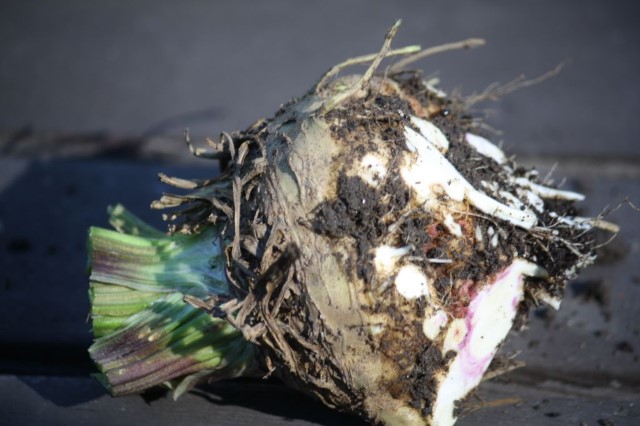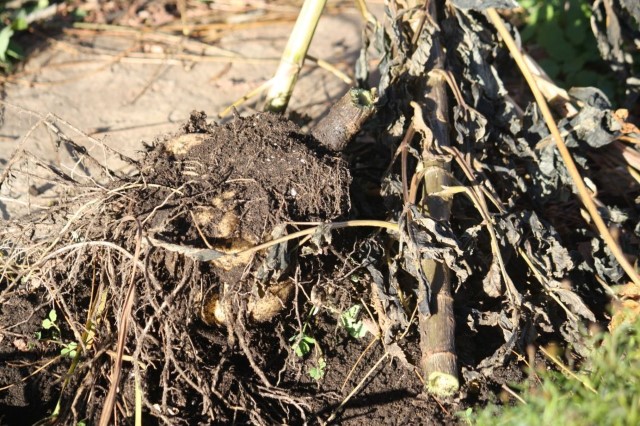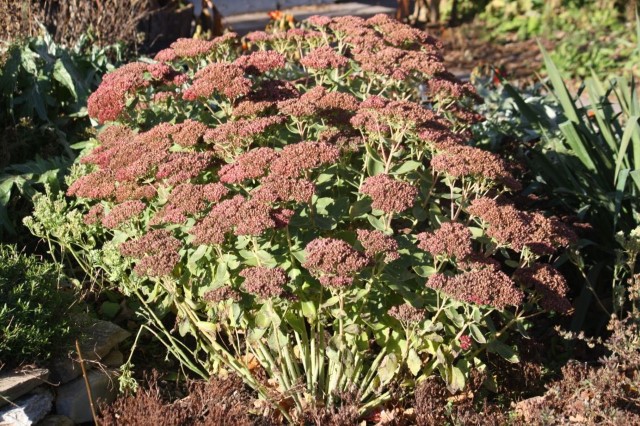The Food Bank reports that at times over the summer volunteers were inundated with fresh produce. By virtue of the partnerships that the Food Bank has formed with other agencies in the area volunteers were able to manage the volumes by sharing generously with Interval House, Hungry Lunch, Community Living, and the Dave Smith Youth Treatment Centre.
One gentle suggestion is that if you are planning your garden with some space devoted to growing for the Food Bank you might consider diversifying that area to include some root crops such as potatoes, carrots and onions. These can be stored for much longer periods than tomatoes, cucumbers and zucchinis and enable the Food Bank to spread the benefit of the donations over a longer time period. But don’t get me wrong – any and all donations are welcome and greatly appreciated.
And further on the topic of making sure that no one in our area goes hungry let me remind you of the Build a Mountain of Food campaign. Town and Country Chrysler and Lake 88.1 Radio have joined forces to support area food banks to assist in filling food bank shelves this holiday season. The Build a Mountain of Food Campaign has scheduled a food blitz day at Patrice’s Your Independent Grocer on Saturday November 7 from 9am to 4pm. Town and Country Chrysler will be on hand with Dodge Grand Caravans, asking you to Ram the Van with Food to support the growing need at our local Lanark County Food Bank. As well, Lake 88.1 Radio will be airing on-going promotional announcements and live reports from all the food blitz locations.
This year has been an exceptional one for many of our vegetables but was particularly good for the growth of celeriac, a near relative of celery. Seedlings were started under lights at the end of March and then transplanted to the garden May 20th. Celeriac produces a turnip-like root that has the flavour of celery. It can be eaten raw or cut into chunks and cooked in a stew or soup adding a delicate celery flavour. The following photos show the plant still in the garden and a root cleaned-up, trimmed and ready to store or to use in the kitchen.


I also harvested some chicory roots this past weekend for forcing Belgian endive heads or chicons over the next several weeks – they can also be left in the ground until after several frosts. Witloof or leaf chicory is very bitter to use as a salad green in the summer and is used mainly for forcing in winter. I had planted the chicory indoors under lights at the end of March and then transplanted to the vegetable garden May 20th. I dug up three plants, trimmed the tops to within an inch of the soil and then potted them in garden soil in a large pot as shown in the following photos.



Absolute darkness is necessary for the growth of the approximately five-inch long yellow heads. Any light will cause bitterness in the heads. Some people fill the top of the pot with sand, sawdust or cover it with a heavy paper bag. The pots can be stored at 5 degrees or less and then transferred to a warmer spot when you want them to start growing. They will start growing at 10 to 15 degrees producing buttery-tender heads in a few weeks. These are much superior in flavour and texture to the commercial products that are imported from California or Europe in the winter.
I am always in favour of doing as much clean-up as possible in the fall – we have had some reasonable days for spending some time in the garden – and our spring is such an incredibly short period of time to get all of the gardening chores done – especially if you hope to observe some of the spectacular migration of the returning birds in the spring.
The following photo shows a trash can of freshly raked dry leaves. I will put a tightly fitting lid on this leave and place it, and two others, next to my black plastic composter. When I throw a bucket of kitchen scraps in the composter in the winter I will add a couple of handfuls of leaves. Remember that successful composting requires two parts of ‘dry’ (high carbon) materials to one part of ‘wet’ (high nitrogen) materials.

Don’t forget to dig and bring inside the dahlia and cannas tubers – they will not survive the winter in the ground! The following photo shows a dahlia tuber dug with a spading fork and with the stem snipped off. The tubers need to be dried and then stored in vermiculite in a cool and well-ventilated place.

The next photo shows cannas tubers pried out of an old barrel – they have really grown very vigorously this past summer. Cannas multiply very rapidly and you soon find that you are producing more surplus tubers than you can give away. Storage is very similar to dahlias except they need somewhat warmer temperatures.

Some of the perennial ornamental plants are best if they are cleaned up in the fall. The leaves of hostas become very mushy and are easier to clear in the fall. The following photo shows a clump of hostas with the stems cut to about two inches – just long enough so I can see where they are in the spring.

Other perennial flowering plants are worth leaving as they are over the winter. The following photo shows a clump of sedum that has strong erect stems that will show nicely against the snow (depending on how much snow we get of course…).

And it is hard to believe but some perennials are still blooming as if it were the middle of the summer. The following photo shows the bloom of a yarrow flower.

It always amazes me that many of our flowering plants have so much built-in tolerance for cold. It’s the same way for vegetables. The tomatoes, peppers, squash and basil are long gone for the season and their spaces can now be cleared, spread with compost and spaded to be ready for next season. It is almost November already and it is amazing how many vegetables can still be harvested from the garden. They include Swiss chard, sorrel, kale, salad greens, spinach, Brussels sprouts, carrots and beets. Some of the really hardy vegetables will still be around for some time
The same is true for many of our herbs such as parsley, sage and thyme – the following photo shows parsley still growing vigorously. In fact, parsley will generally over-winter and still be great for harvesting in the spring – however it is a bi-annual and will quickly produce a flower stem in the spring – it needs to be harvested before this develops too far.

This underlines the importance of knowing the growing requirements of vegetables and how they fit with the realities of the Almonte climate. Plan to take some workshops with the Neighbourhood Tomato in the spring as we share our experience with starting seedlings indoors and getting our gardens ready for another year.

